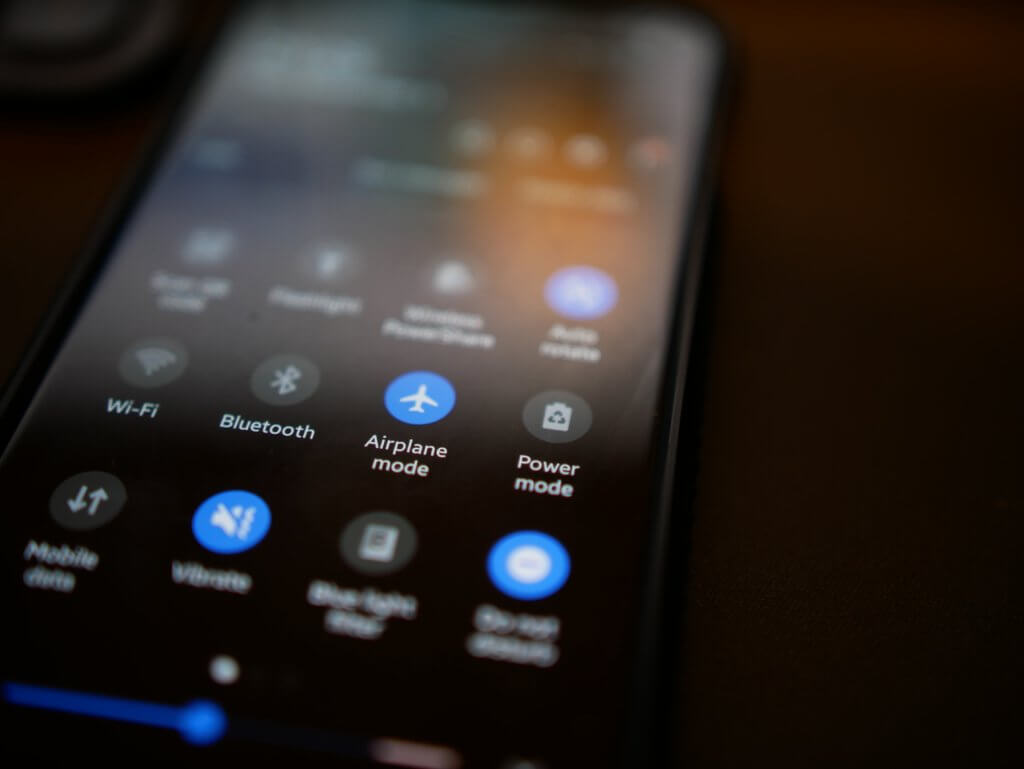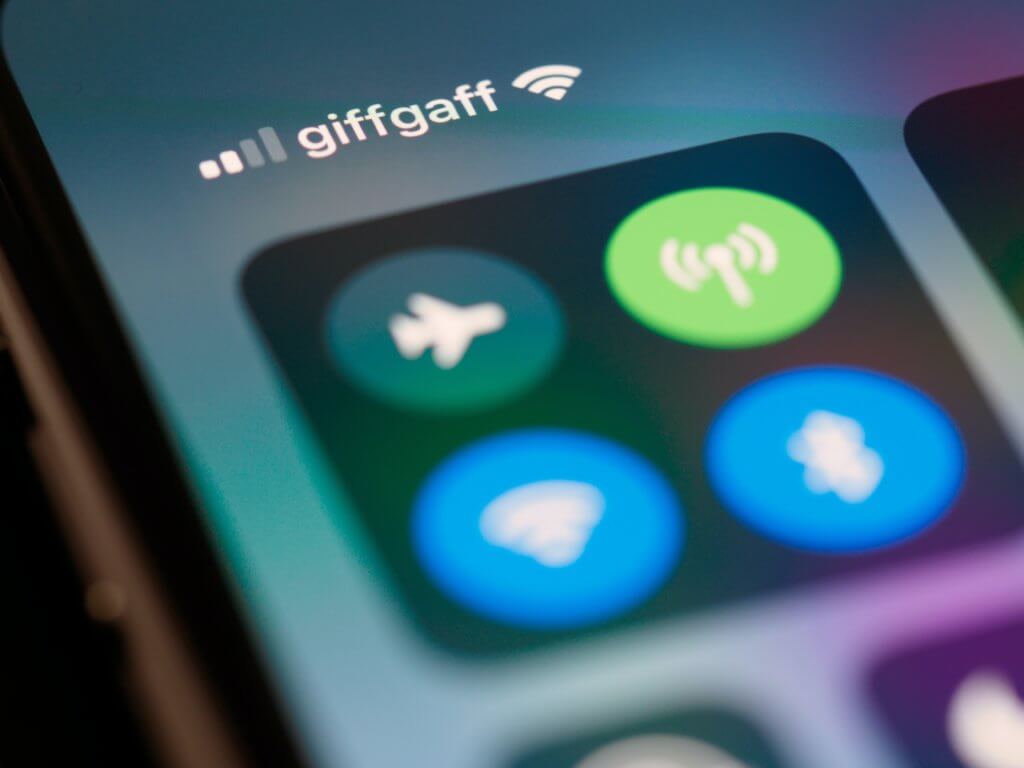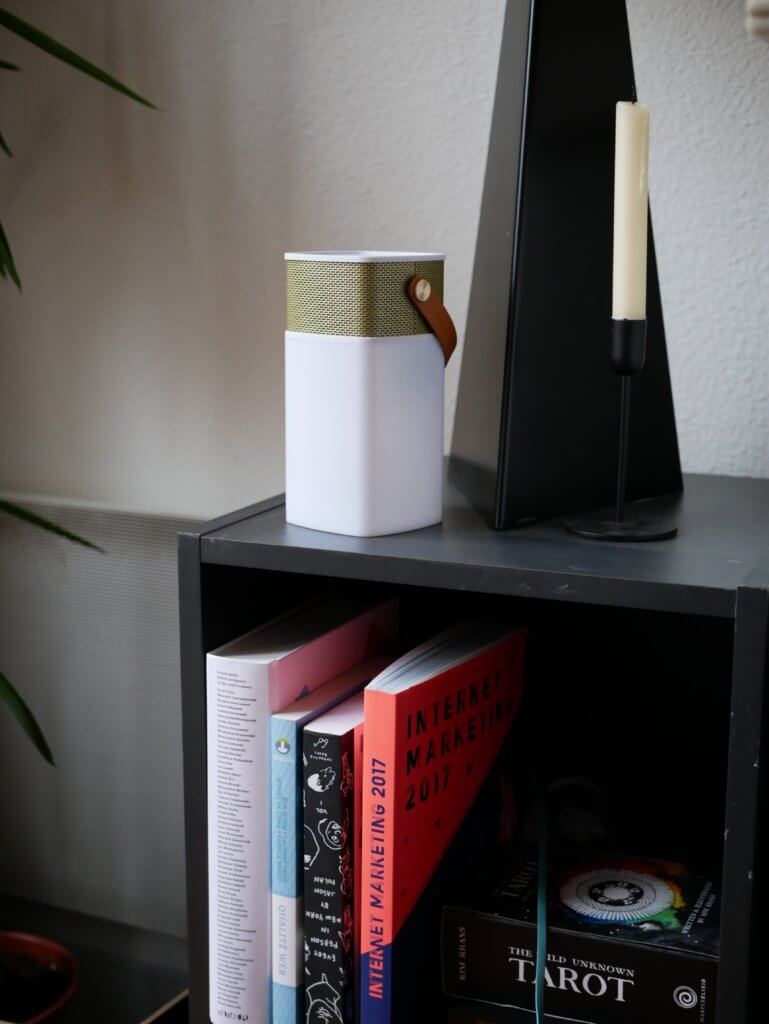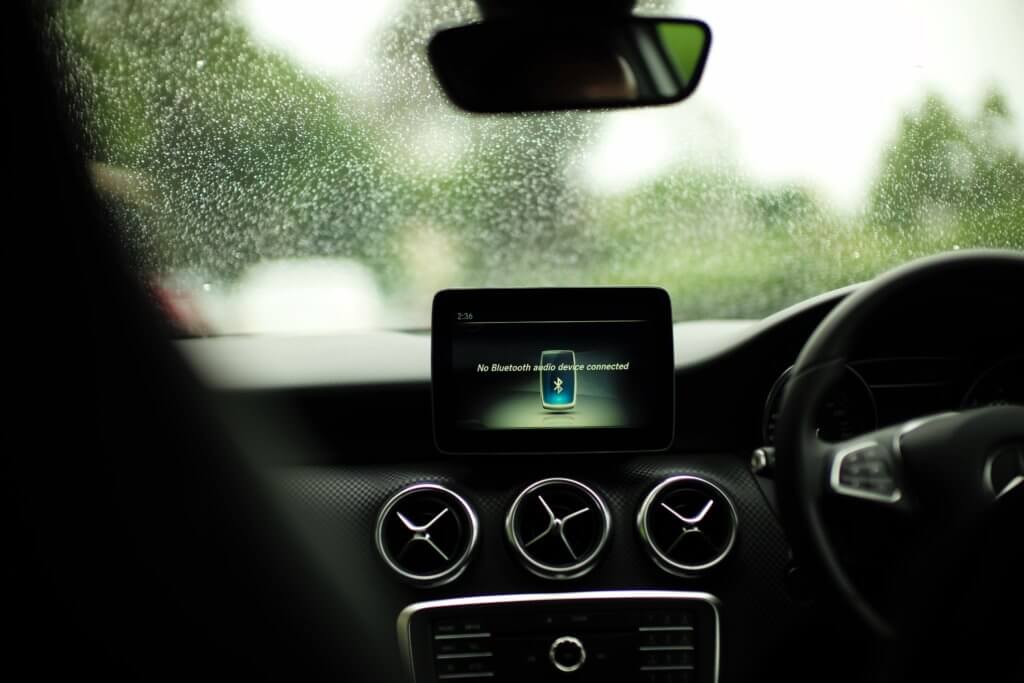
Is Bluetooth Radiation Safe Or Dangerous? - Know The Facts!
Introduction
Bluetooth technology has been around for a long time, making our life easier and more convenient. With the technology, we are able to have phone calls while driving, or doing the weekly shop, without having to constantly hold the phone to our ears. It allows us to connect to multiple devices and communicate between them.
However, in recent years there have been concerns over the safety of Bluetooth technology as it transmits over radio waves, like Wi-Fi and microwave radiation. There are many studies that link this type of radiation to health issues including cancer. So, is Bluetooth radiation dangerous? Should you be trying to limit your reliance on the technology? We have done the research so you don’t have to. Keep reading to find out more.
What Is Bluetooth And How Does It Work?

Bluetooth is the name for wireless technology that was developed in order for us to exchange data between devices – for example, your phone and headphones, or your phone and car. Bluetooth signal is usually a low frequency signal, and because of this, has been deemed safe to use by many experts around the globe. This is why Bluetooth technology has been so prevalent in our everyday lives for many years.
However, there are some studies and experts that have questioned the safety of Bluetooth technology as it emits a type of radiation, which they believe there is no safe level of. While government agencies deem the levels of Bluetooth radiation safe, as it falls below their levels of Specific Absorption Rates, others disagree.
Research around Bluetooth focuses on the fact that it is both non-thermal and non-ionizing, and therefore point to it being harmless to humans. However, studies have shown that non-ionising radiation and EMF radiation can cause health issues. Prolonged exposure to EMF radiation can cause health issues, and this is especially concerning when we consider that a lot of the Bluetooth technology that we use – smart watches, headsets etc are in close contact with our body.
Bluetooth technology can be classified in many different ways – each determined by the amount of power that it uses to send the data to other devices. Class 1 has the most power and emits the largest amounts of radiation – these devices include computers and laptops. Class 2 uses less power and therefore emits less radiation, and these include wireless headsets, mobile phones and keyboards. Class 3 devices emit the lowest levels of radiation and use the least amount of power – these are the safest devices to look for.
Does Bluetooth Radiation Impact Your Health?
Bluetooth or EMF radiation can have negative implications on your health. Studies have shown that long term exposure to such technology is linked to health issues such as brain tumours, sleep issues, dizziness, anxiety and many more. The radiation can actually lead to the structure of the body’s cells changing over time.
There are fewer studies on Bluetooth technology in comparison to radiation from mobiles, and therefore many believe that the technology is safe. In 2019 however, a group of 250 scientists wrote to the United Nations and World Health Organisation to express their worries around EMF radiation from wireless devices. The World Health Organisation asked countries to adopt guidelines on EMF radiation, however, the scientists believed that this did not provide adequate protection as the current guidelines do not discuss the issues of prolonged exposure to low frequency radiation such as Bluetooth radiation. Kevin Mottus of the US Brain Tumor Association states that the higher the frequency of the radiofrequency waves, the more dangerous they are to humans. If we compare the frequency of Bluetooth technology and mobile phones, Bluetooth frequency is higher.

Other organisations that have noted the dangers of EMF radiation include the International Agency for Research on Cancer which found that electromagnetic fields created from low frequency radiation are a possible human carcinogen. This classification has been accepted by the World Health Organisation however, as there is a lack of research on the topic, more needs to be done.
Take a look at the video below, which uses a special device known as a high frequency analyser, to look at the levels of radiofrequency radiation coming from a pair of Bluetooth headphones. Although the devices themselves are small, they emit a larger amount of radiation than you think. These headphones are used when being placed in your head, so are in close proximity to your brain. Therefore it is important to understand the levels of radiation that you are putting near your head.
If the International Agency for Research on Cancer are correct, and radiofrequency radiation can cause cancer, it is worth looking for alternatives to this technology that you can use in your home. Take a look at our next section which discusses how to reduce Bluetooth radiation in your home to protect yourself and your family.
How To Reduce Bluetooth Radiation In Your Home

It is clear that there are some concerns around Bluetooth radiation and its implications on health, however, more research needs to be done in this area. To reduce Bluetooth radiation in your home, you want to reduce the number of devices that you use that rely on this technology.
There are some hands-free alternatives to Bluetooth technology. Air tube devices use a different technology that reduces your exposure to radiofrequency radiation. Wired headphones contain metal cables that conduct the radiation, allowing it to travel up towards your brain. Air rubes use hollow tubes that conduct the sound from your mobile and other devices using sound waves. If you are looking to make the switch to air tube headsets, check out our blog here, which recommends the best air tube headsets and discusses their positives and negatives, allowing you to make an informed decision.
Another concern, as well as Bluetooth radiation, is the increase of 5G radiation in your home. There have been some studies into the impact and health hazards of 5G radiation, but the conclusions have been complicated and led us to ask even more questions. A study conducted in 2011 by the World Health Organisation’s Agency for Research on Cancer found that types of radiofrequency radiation could potentially be dangerous. They were classed by this agency as being potentially 2B carcinogenic. Our blog post on 5G radiation will give you further insight into this, as well as giving you tips on how to protect yourself and your family from 5G radiation.
Other wireless devices in your home include baby monitors that send a wireless signal from your baby’s room to your monitor or phone. While many parents believe that these devices are vital to monitor their baby, the EMF radiation emitted from them can impact on a baby’s sleep and development. Our blog on the best low EMF baby monitors gives some recommendations on baby monitors that use less EMF radiation, and how to reduce the EMF exposure in your baby’s room.
Fitness trackers are another type of technology that you should be wary of, although these are meant to improve your health by monitoring your heart rate and exercise, they can also impact your sleep levels and health as they use Bluetooth technology, exposing you to EMF radiation. It is possible to find fitness trackers that do not use Bluetooth technology, and instead rely on pedometer technology. This can still give you helpful insights that will help you improve your lifestyle but will help reduce your constant exposure to EMF radiation. We have done the leg work for you, researching and putting together a list of the Best Low EMF Fitness Trackers with no Bluetooth – check out our findings here if you are interested.

Bluetooth Car Radiation
As you can see above, there are claims that Bluetooth headsets can have negative health implications, but it is also important to look at Bluetooth technology in your vehicle, as most new modern cars have this feature, allowing you to make calls or listen to music from your phone while driving.
Think about how much time you spend in your car? Are you exposing yourself to low doses of radiation for a long time? It may be worth switching the Bluetooth settings on your car and phone off when you do not require them to try and reduce your exposure on long journeys.

Conclusion
While there have not been many studies on the impact of Bluetooth radiation, there are some split opinions on the safety of such devices. Governments have a safety level based on Specific Absorption Rates, which labels Bluetooth technology as safe. On the other hand, cancer institutes and scientists linked to the World Health Organisation have concerns over long term exposure to EMF radiation produced by Bluetooth technology.
While there is no definitive answer, it may be worth trying to reduce the number of devices in your home that relies on this technology. The blog posts that we have linked above give some great suggestions on how to replace common household items with ones that emit low levels of EMF radiation. Making small changes can lead to big improvements in your family’s health so it is worth trying.
If there are some Bluetooth devices that you cannot part with, consider turning them off fully when they are not in use, as this will help reduce the amount of time that you are exposed to the radiation from them.